Why Can’t America Revive the Bison Population?
The American bison was hunted close to extinction during the last few decades of the 19th century following a heavy massacre that saw millions killed in less than 20 years.
Despite extensive conservation efforts over the last 140 years, America is struggling to revive the mammal population. Undoubtedly, population numbers have grown, but so far as wild bison are concerned, there are as few now as there were in the 19th century. Here’s why.
The American Bison
American bison were once widespread throughout the wilderness of America and had roamed the plains, valleys, and wooded regions for almost 200,000 years.
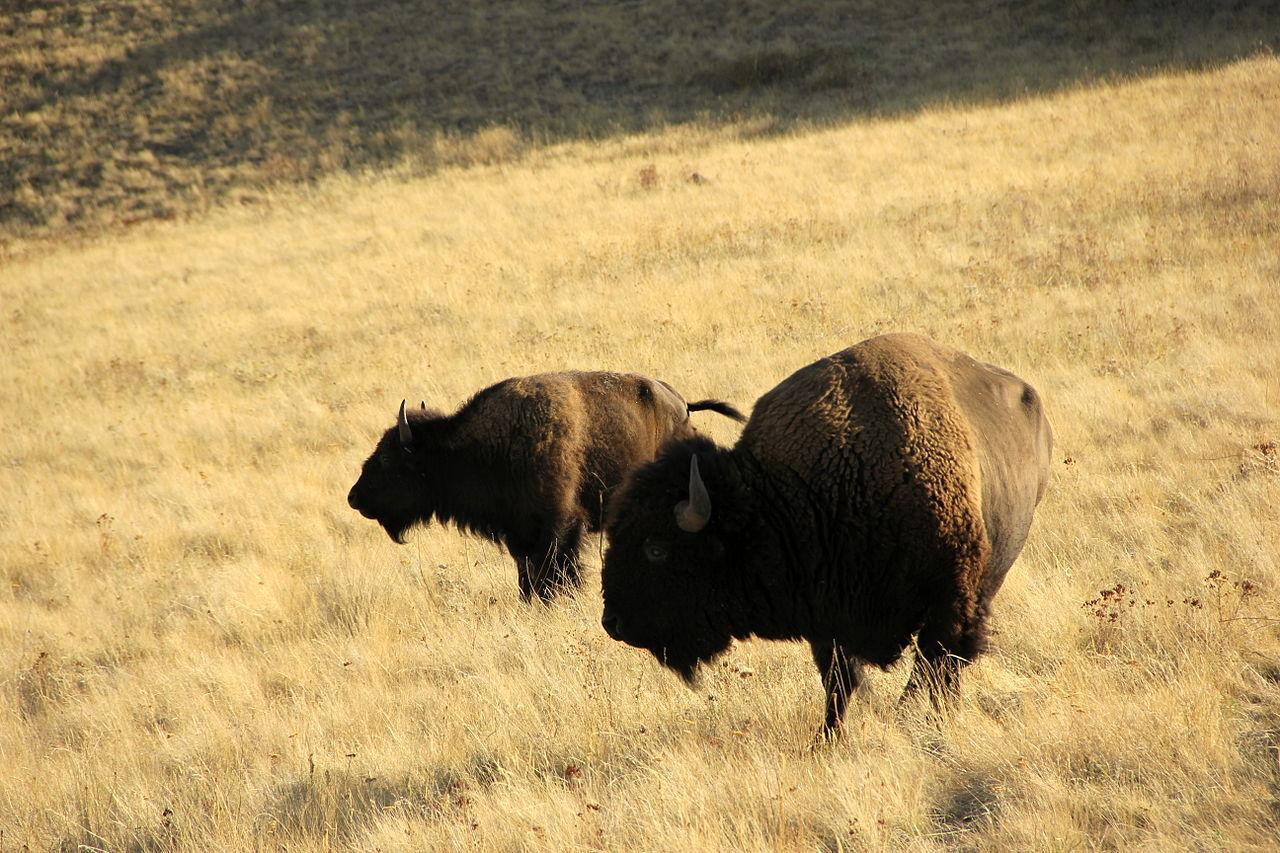
Source: Wikimedia
The herds provided a valuable source of sustenance for the Native Americans who lived across North America. They could survive on the meat and use the hydes for clothing, among other things. However, this dependency led to the animals’ near extinction.
A Drastic Drop in the Bison Population
In 1870, it was estimated that over eight million bison roamed the plains of the US. However, less than two decades later, this number had been reduced to less than 500 following an extensive period of slaughter instigated by settlers of European descent.
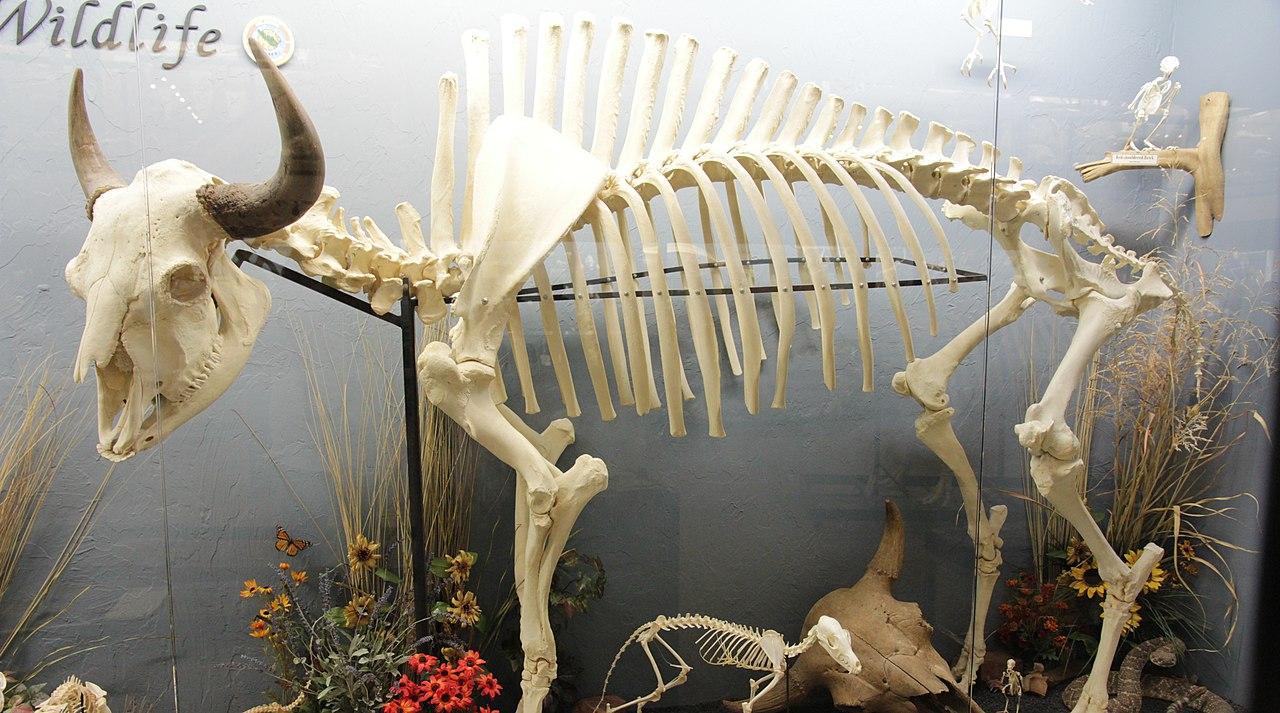
Source: Wikimedia
While reasons behind the slaughter vary, one colonel from the period is recorded as having said, “Kill every bison you can! Every bison dead is an Indian gone.” Essentially, the fewer bison there were, the easier it would be for the settlers to take the land from the Indigenous groups.
The Last of the Bison
During the same period, William Temple Hornaday and a crew of seven men working on behalf of the Smithsonian Institution in Montana were tasked with killing, skinning, and stuffing the last of the American bison.
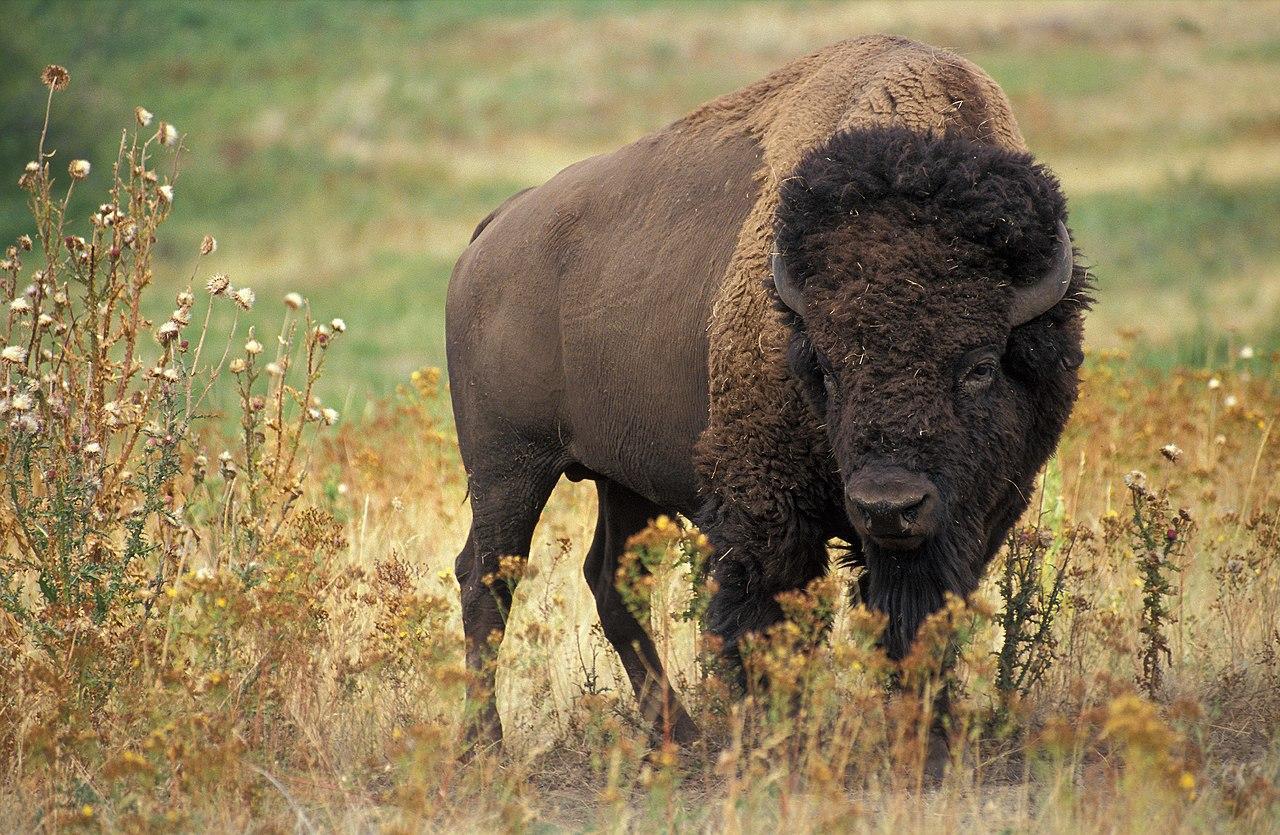
Source: Wikimedia
Hornaday was under the impression that the species faced inevitable extinction. So, in his mind, the expedition was, in a sense, preserving the species for later generations to observe. The taxidermist was convinced he could save the species’ genome.
Conservation of Bisons Begins
During their time in Montana, Hornaday and his crew killed over 44 bison. However, this would be the last hunt of its kind for over a century.
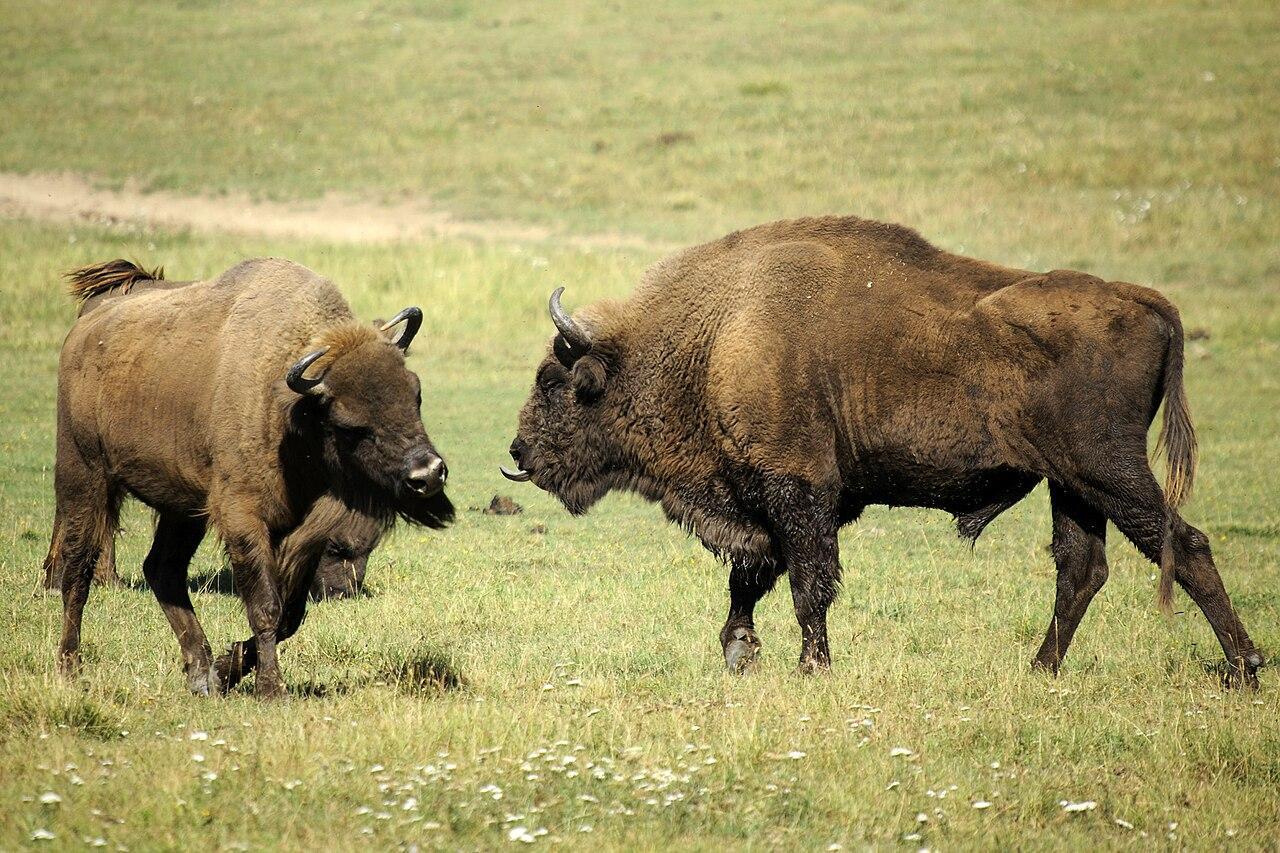
Source: Wikimedia
In the following decades, a handful of individuals throughout the US began conservation efforts to ensure the species dodged extinction. By the 20th century, bison numbers increased, though they remained in small, isolated groups.
Has the US Failed to Recover Bison?
Despite conservationists’ best efforts, the recovery of the bison is still deemed somewhat of a failure in several regions.
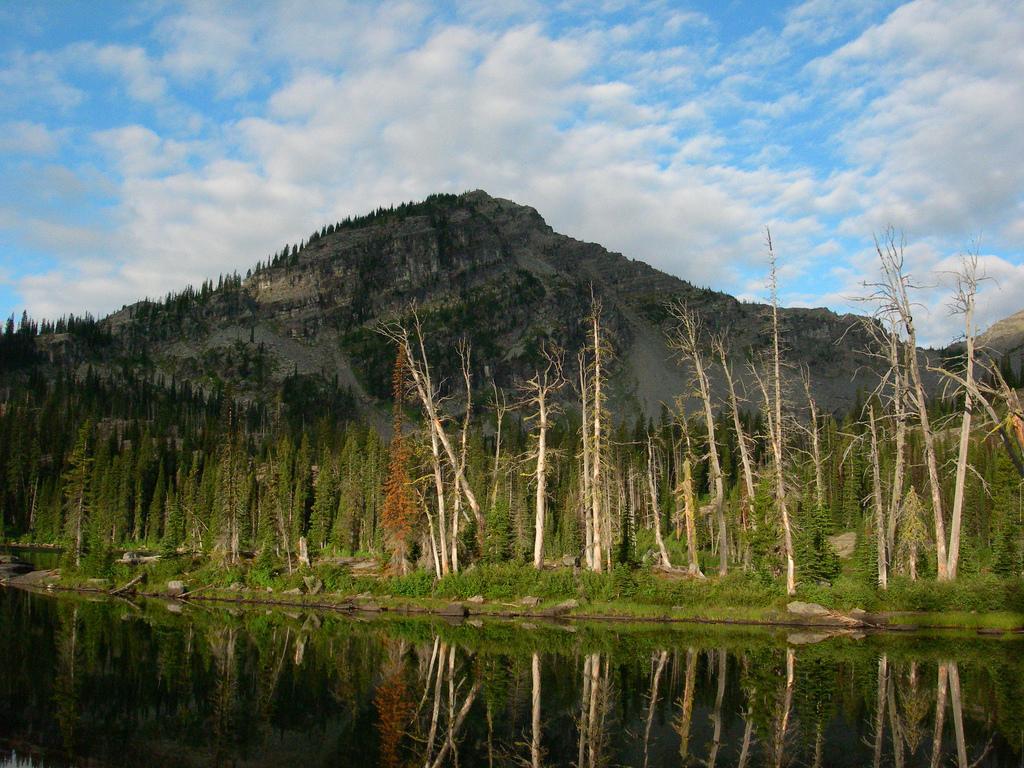
Source: Wikimedia
Like whitetail deer, wild turkeys, pronghorn antelope, and American elk, bison remain confined to pastures. They wear ear tags and receive regular veterinarian visits. The bison of the 21st century are simply livestock.
The Bison Remain Ecologically Extinct
Undoubtedly, there are more bison in America now than at any point over the past 150 years. However, wild bison are as rare today as they were during Hornaday’s expedition in the 19th century.
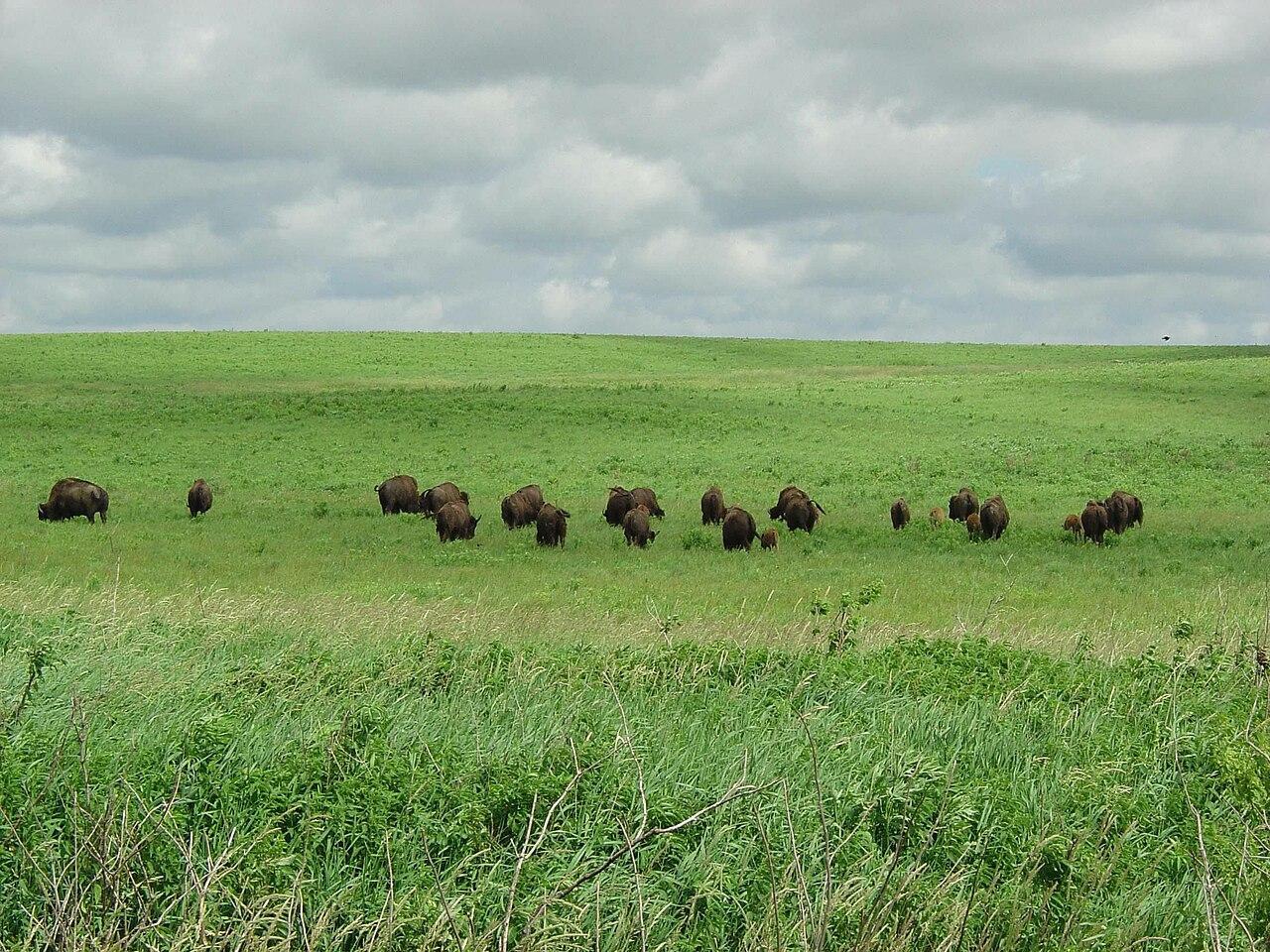
Source: Wikimedia
“You could make the case that bison remain ecologically extinct,” said Justin Spring, a longtime head of records for the Boone and Crockett Club.
Will Wild Bison Numbers Ever Grow?
Regarding the future of wild bison, Spring states, “I’m not sure that bison are fully recoverable as wildlife. I’m not sure that we have enough habitat left for a functioning bison population.”
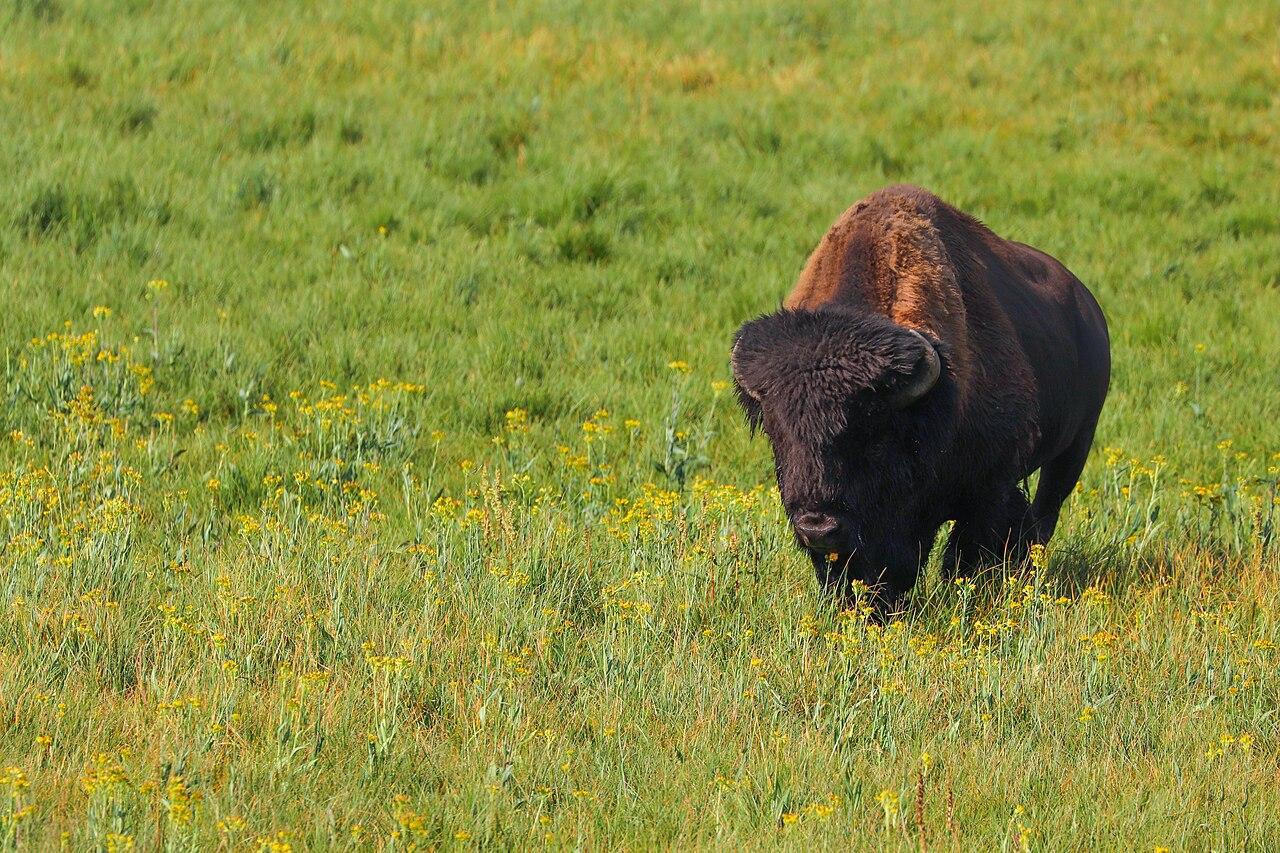
Source: Wikimedia
He added, “Where do we have contiguous, unobstructed landscapes that aren’t bisected by an interstate or a railroad? I think we have to realistically ask: Do we still have landscapes capable of sustaining the giant herds that were once here? I don’t think so.”
American Prairies Conservation Efforts
Not everyone agrees with Spring, however. Alison Fox, the CEO of American Prairie, an organization based in Montana, aims to create one of the largest conservation areas in the world, which could become the home for endangered plants and animals such as the American bison.
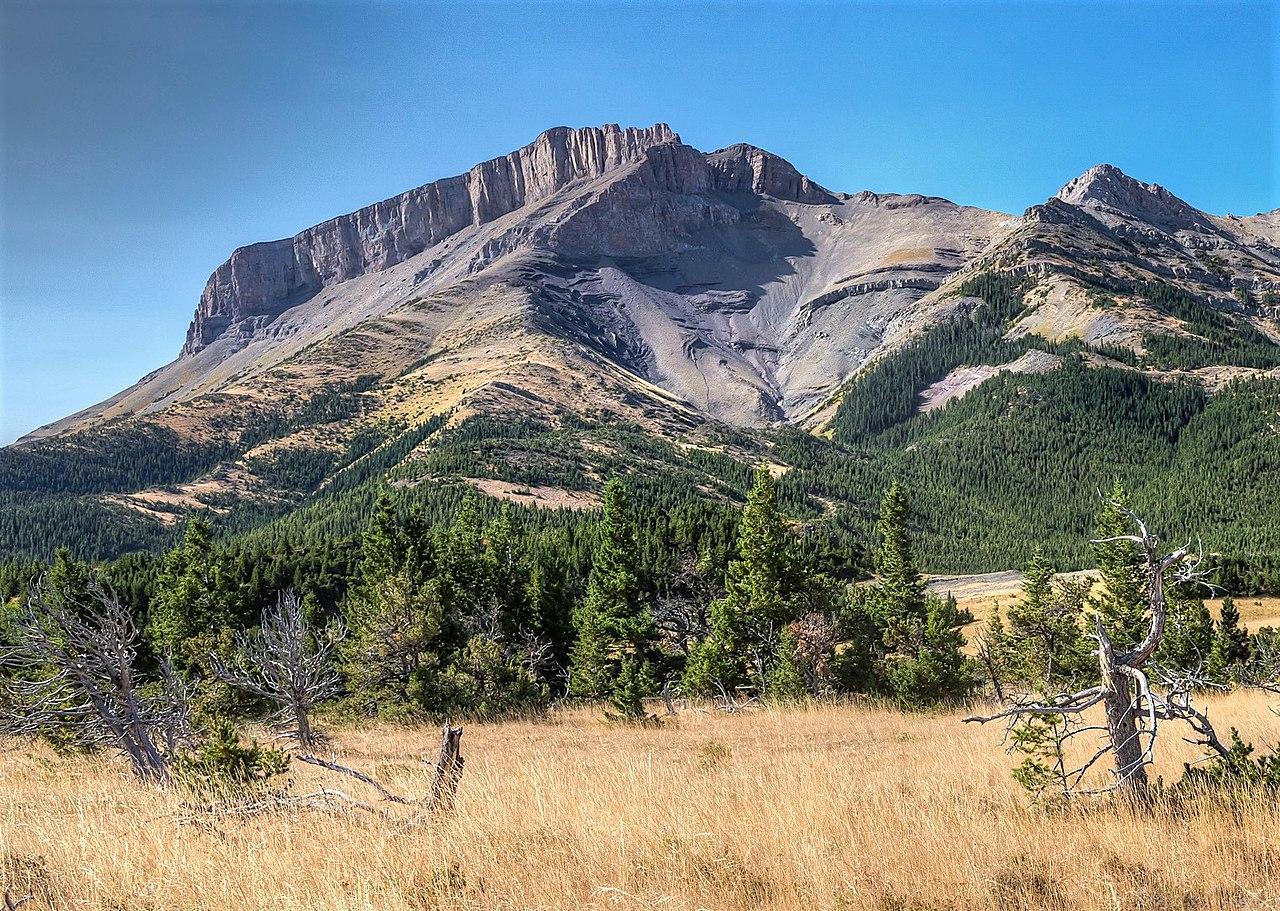
Source: WIkimedia
According to a documentary based on American Prairie’s vision, the organization needs around 5 million acres in the Northern Plains to ensure it can positively impact native restoration.
Bison Will Be Free to Roam the Wilderness
The project also announced that it plans to use free-roaming bison in its attempts to restore the land. Despite this, Fox explained that American Prairie “is not a bison project.”

Source: Wikimedia
She added, “Their grazing patterns, their wallowing, how they use riparian systems, and how they die on the landscape—all have ecological impacts. We want them back on the landscape as that keystone species,”
The Cattle Industry is Against Wild Bison in Montana
American Prairie has received backlash from several groups in Montana, most of which are associated with the cattle industry. In the state, bison are classified as livestock, meaning they must be vaccinated against diseases and fenced.
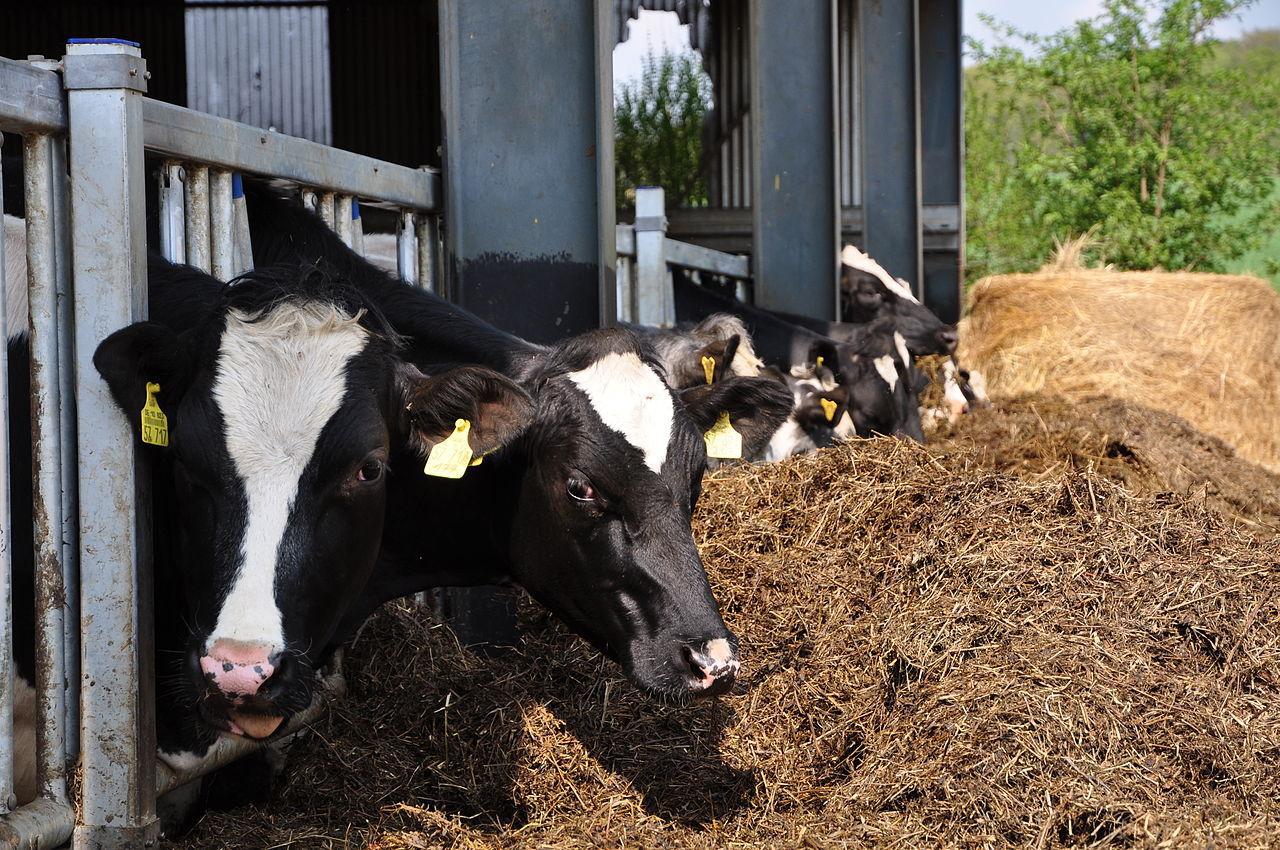
Source: Wikimedia
While groups propose bison should be recognized as wildlife, Montana’s Fish, Wildlife & Parks department has rejected this proposal in the past, citing worries about disease and property damage as the main reasons behind their decision.
Time to Take Care of the Bison
In recent years, Native American tribal nations have rekindled their interest in the bison. This, along with the efforts of American Prairie and other organizations, led to the bison’s designation as the national mammal in 2016.
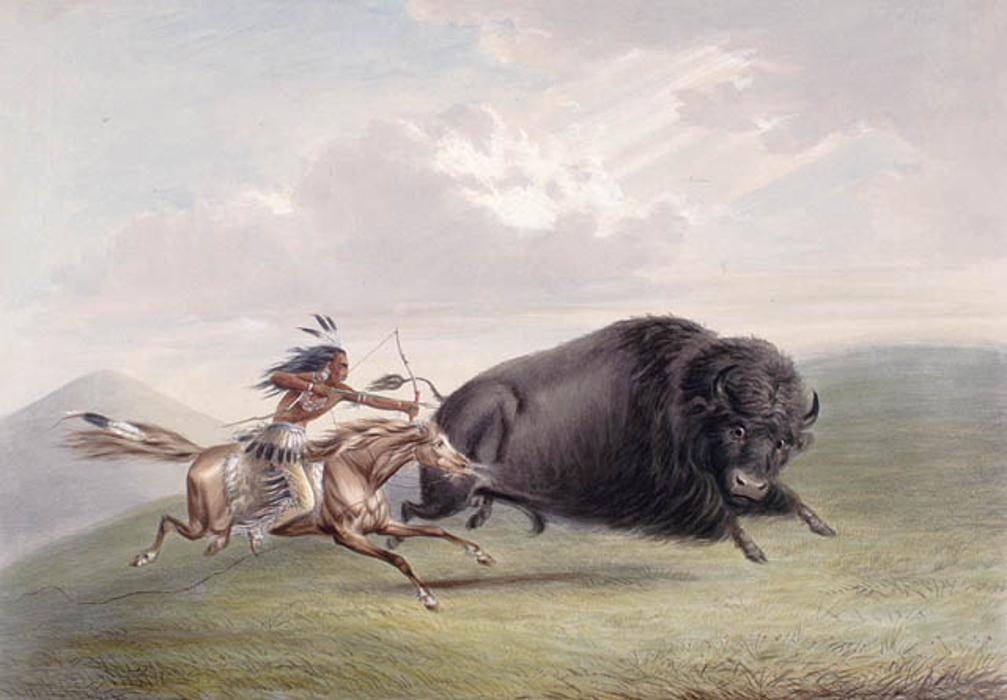
Source: WIkimedia
“Ever since the beginning, the bison has taken care of us,” said Fort Peck’s Robbie Mangan, the head of the Fort Peck Tribes’ fish and game department and the director of the tribes’ bison program. “Now it’s our turn to take care of them.”
